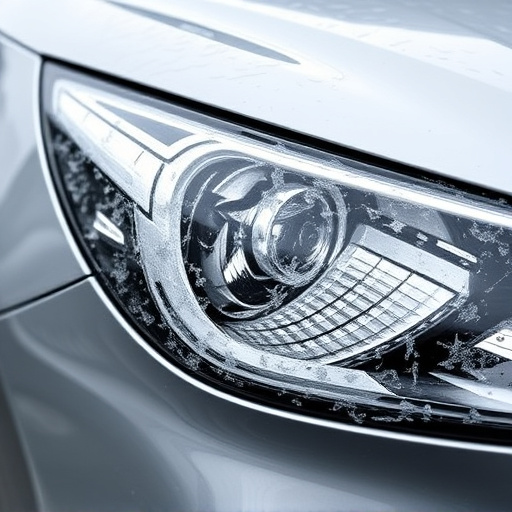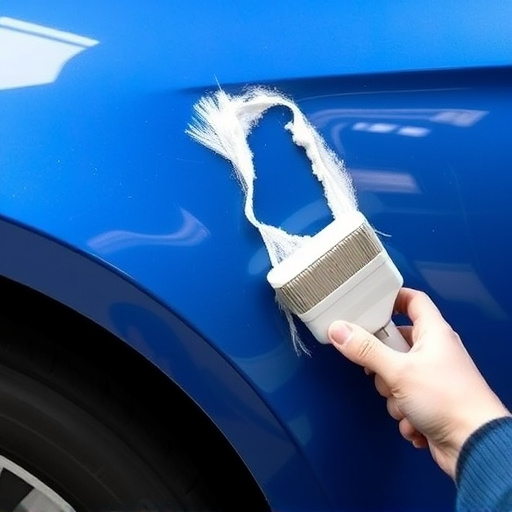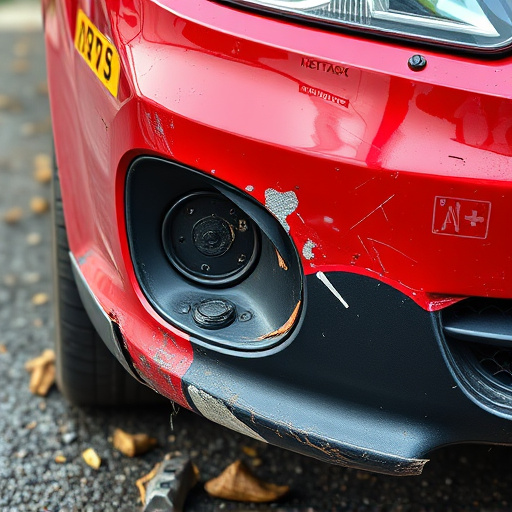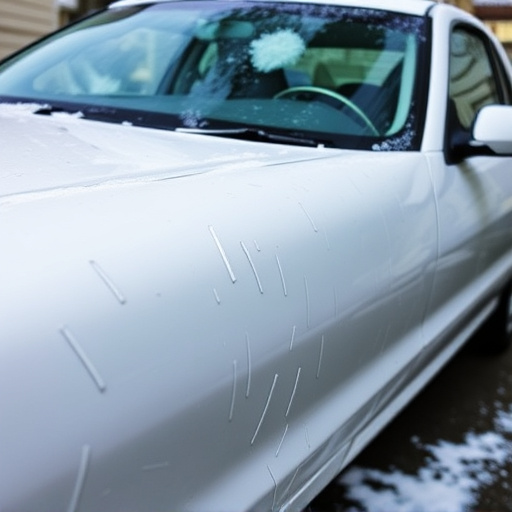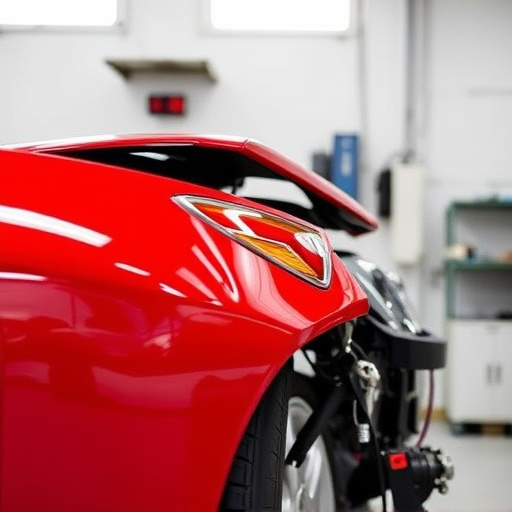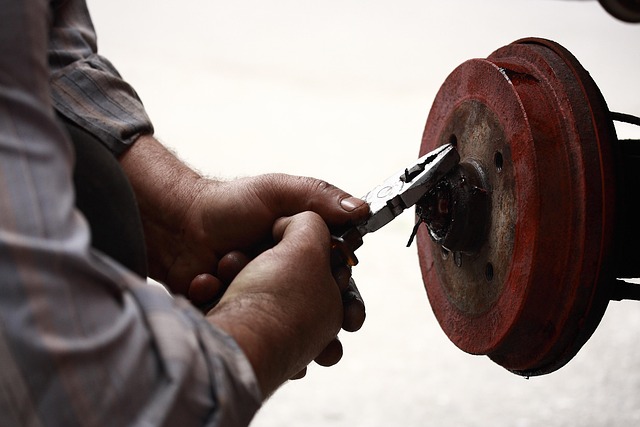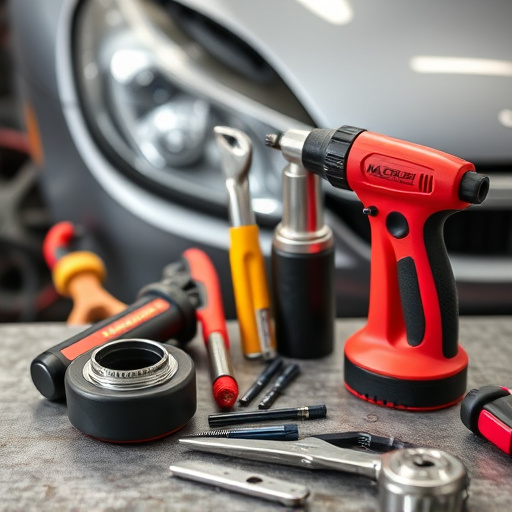When selling a car, offering a paint finish warranty is key to protecting your investment and providing buyers peace of mind. This warranty covers defects like bubbling, chipping, or fading for a specified period post-sale, including bumper and body restoration repairs. Transferring the warranty is crucial for classic car projects, with providers assisting in the process upon understanding original terms. This transfer offers buyers protection against future paint issues and increases resale value, while sellers avoid repair costs and attract more interested buyers.
When selling your vehicle, understanding how to transfer the paint finish warranty can provide peace of mind for both buyers and sellers. This essential guide breaks down the process step-by-step, ensuring you know exactly what a paint finish warranty covers, how it transfers, and the benefits it offers. By following these simple instructions, you can streamline the selling process and enhance buyer confidence in your vehicle’s quality.
- Understanding Paint Finish Warranty: What It Covers and How It Works
- Steps to Transfer the Warranty When Selling Your Vehicle
- Benefits and Considerations for Buyers and Sellers Regarding Paint Finish Warranty Transfer
Understanding Paint Finish Warranty: What It Covers and How It Works

When selling a vehicle, one of the key aspects to consider is the paint finish warranty. This isn’t just a guarantee for the buyer’s peace of mind; it’s a crucial component in protecting your investment and ensuring a smooth sales process. A paint finish warranty typically covers defects in the paint job, such as bubbling, chipping, or fading, for a specified period after the sale. It can also include repairs related to bumper repair or car paint repair, especially if these components are part of the overall body restoration process.
The warranty usually works by providing a replacement or repair service for any covered defects. Most warranties are transferred to the new owner, offering them continued protection against unforeseen paint-related issues. This not only enhances the car’s resale value but also showcases your commitment to transparency and quality. Understanding the specific terms and conditions of the paint finish warranty is essential, as it can vary between manufacturers and dealers, ensuring you and the buyer are both clear on what’s covered and how claims are processed.
Steps to Transfer the Warranty When Selling Your Vehicle

When selling your vehicle, transferring the paint finish warranty is a crucial step to ensure the new owner enjoys the same level of protection. Begin by reviewing the terms and conditions of your original warranty. Not all warranties are created equal; some may specify transferability while others might be non-transferable. Check with the manufacturer or dealer for clarification if needed, especially when dealing with classic car restoration projects.
Next, contact the warranty provider to inquire about the transfer process. Many automotive restoration and damage repair companies offer this service as part of their package. They will guide you through the necessary paperwork and ensure all details are correctly documented. This might include providing proof of ownership, vehicle identification number (VIN), and possibly a condition report to demonstrate the paint job’s quality. Once approved, the new owner can enjoy the remaining warranty period, giving them peace of mind and ensuring their investment in the car is well-protected.
Benefits and Considerations for Buyers and Sellers Regarding Paint Finish Warranty Transfer

For buyers, a paint finish warranty transfer can be a significant advantage when purchasing a used vehicle. It offers peace of mind, ensuring that any defects or issues with the car’s exterior paint job will be covered, potentially saving them money on costly auto body repairs. This is especially beneficial for those who plan to keep their vehicle for an extended period, as it provides long-term protection against fading, chipping, and other common paint problems.
Sellers, too, stand to gain from offering a paint finish warranty transfer. It adds value to the car, making it more appealing to potential buyers and potentially increasing the sales price. By shifting the responsibility for future bodywork, such as fender repair, onto the buyer’s warranty, sellers can avoid the costs and hassle associated with auto body repairs. This process simplifies the selling experience and can lead to a smoother transition for both parties involved.
When selling a vehicle, transferring the paint finish warranty can provide peace of mind for buyers, ensuring protection against defects for years to come. This process is straightforward and benefits both parties, allowing sellers to maintain their reputation while buyers gain access to extended coverage. By following the simple steps outlined in this article, you can navigate the transfer smoothly, making it an attractive option for all involved.
